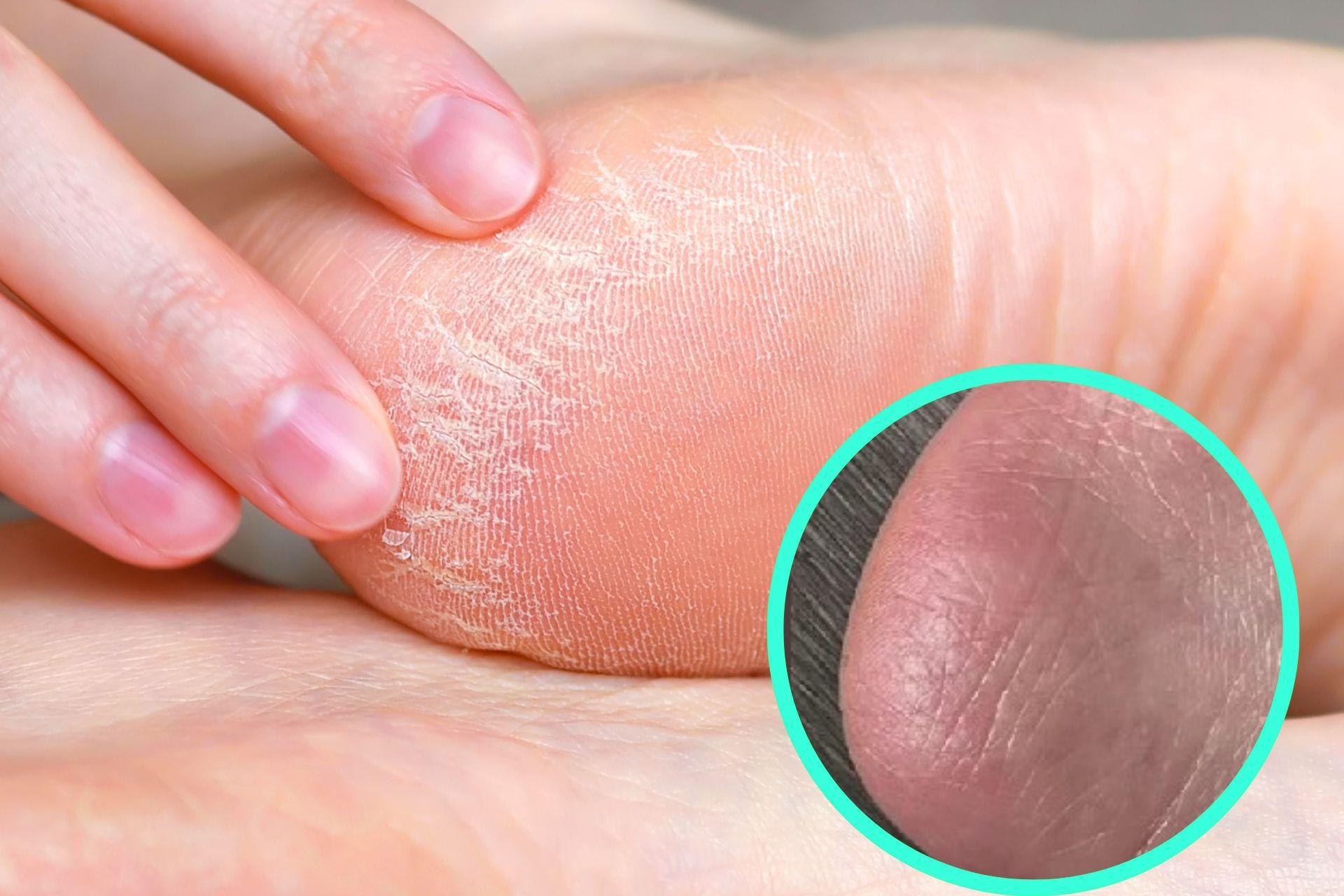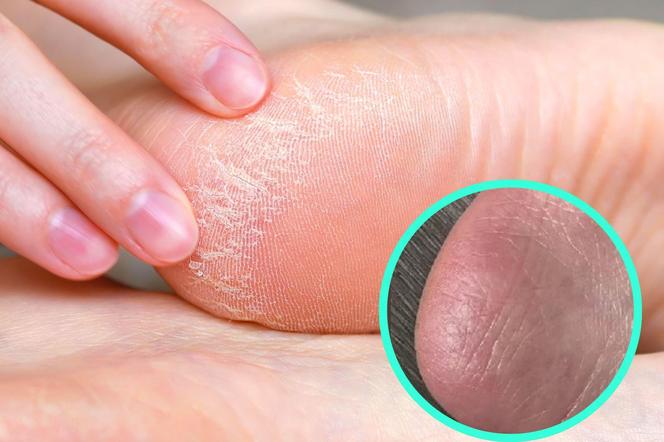
We often apply cream to cracked heels and hope that the skin will moisturize and the problem will disappear. Unfortunately, this does not happen. However, a worse solution is to use pumice stone and persistently rub off the thick and dry skin in the hope that this time the feet will be beautiful. This creates a vicious circle, but it can be prevented. We have some advice.

Excessive abrasion contributes to keratinization of the epidermis, this simple truth still eludes us and we fall victim to beauty myths and often use pumice stone.
The truth is, however, that foot care starts with hygiene and daily moisturizing. The rush and the multitude of responsibilities sometimes make us neglect our feet, which may cause the first problems to appear. There is a solution to this.
How to soften your heels? You only need 2 ingredients
Now that we know that pumice will not help us, it is worth looking for other solutions. Exfoliating your skin once a week can transform the appearance of your feet and prepare them for summer. Glycolic acid is helpful. It is an ingredient of many cosmetics intended for exfoliation of the epidermis. Therefore, by using its action, you can take care of your heels without causing mechanical friction and increasing the problem.
The Tiktoker, who points out various mistakes in skin and hair care and shares tips, focused on dry heels. She also indicated that glycolic acid would be helpful. Contrary to appearances, the procedure is simple, painless and does not require much commitment or time.
Just pour a few drops of glycolic acid on a cotton pad and wipe your heels thoroughly. Then apply a strongly moisturizing cream. You can also add a thin layer of Vaseline, put on socks and go to sleep. In the morning, just take off your socks, cleanse your skin and additionally moisturize your feet.
Contraindications to the use of glycolic acid include allergy to this ingredient, the presence of wounds, inflammation or retinoid therapy. Pregnant women and breastfeeding mothers should also refrain from the treatment.
Cracked heels are not only a cosmetic defect. Do your research
Dry and cracked heels are often treated only as a cosmetic defect. However, the problem may also have another face. If, despite proper care, the skin still becomes keratinized and the feet do not look very aesthetic, it is worth analyzing the condition of the body and daily habits.
Firstly, the type of footwear – if we often choose high heels, blood flow may be hindered, the legs get tired faster, they begin to swell, and the skin is not well nourished. Synthetic materials, lack of ventilation and wearing such shoes for many hours contribute to the occurrence of mycosis and other skin diseases.
Apart from improper care or neglect of hygiene, diet is an important issue. If your body is deficient in vitamin A, your feet will also feel it. The heels will become dry and begin to crack. Therefore, if the problem is recurrent, it is worth doing a blood test and checking whether the result is not below normal.
